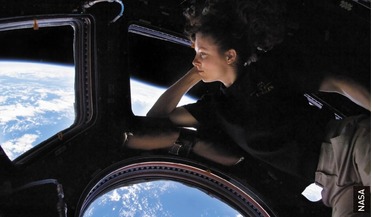 January 2022
Earth - no longer humanity’s only home
January 2022
Earth - no longer humanity’s only home
... thin atmosphere of Mars provides radiation levels similar to those on ISS. A surface outpost on Mars complete with a hydroponic greenhouse to supply food to the colonists. Mars landing To declare space and celestial bodies as the common heritage...
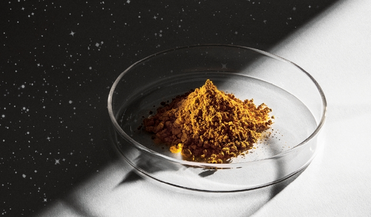 January 2023
Producing food in space
January 2023
Producing food in space
.... In 2005, the European Space Agency (ESA) produced a list of nine crops it believed could be feasible to grow in greenhouses on Mars: rice, onions, tomatoes, soya, potatoes, lettuce, spinach, wheat and spirulina (a species of microalgae). Of these...
 09 December 2015
France and Germany Confirm Plans to Launch Methane Monitoring Satellite
09 December 2015
France and Germany Confirm Plans to Launch Methane Monitoring Satellite
... space ministers confirmed their decision to launch a methane-measuring satellite that would be a crucial part of a global greenhouse gas emission assessment system. The project is currently six years behind schedule, but in statements made at the...
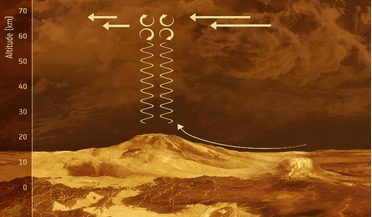 19 July 2016
Gravity waves on Venus create 'fountain of Aphrodite'
19 July 2016
Gravity waves on Venus create 'fountain of Aphrodite'
... are directly linked to surface features below. Venus is a world of contrasts. Its surface is incredibly hot due to an extreme greenhouse effect and temperatures can reach as high as 450°C (723.15 K), hot enough to melt lead, while winds in the...
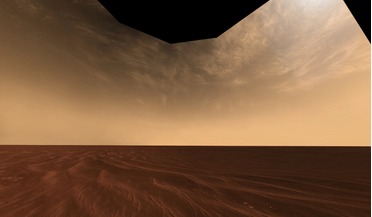 15 August 2016
Was early Mars warmed by cirrus cloud cover?
15 August 2016
Was early Mars warmed by cirrus cloud cover?
... of parameters needed, the team conclude cirrus clouds do not provide the necessary warming, suggesting that other greenhouse mechanisms are needed. However, the team do suggest that warming by cirrus cloud may be possible if the mean...
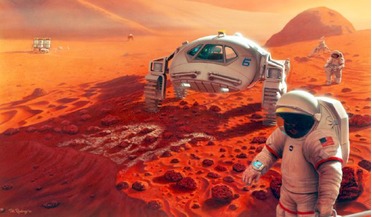 06 March 2019
Growing food from thin air to feed astronauts
06 March 2019
Growing food from thin air to feed astronauts
... not only mitigates the growing level of carbon dioxide produced by traditional manufacturing practices – roughly one-fifth of greenhouse emissions come from food production alone – it also uses renewable energy. Sounds like a win-win situation...